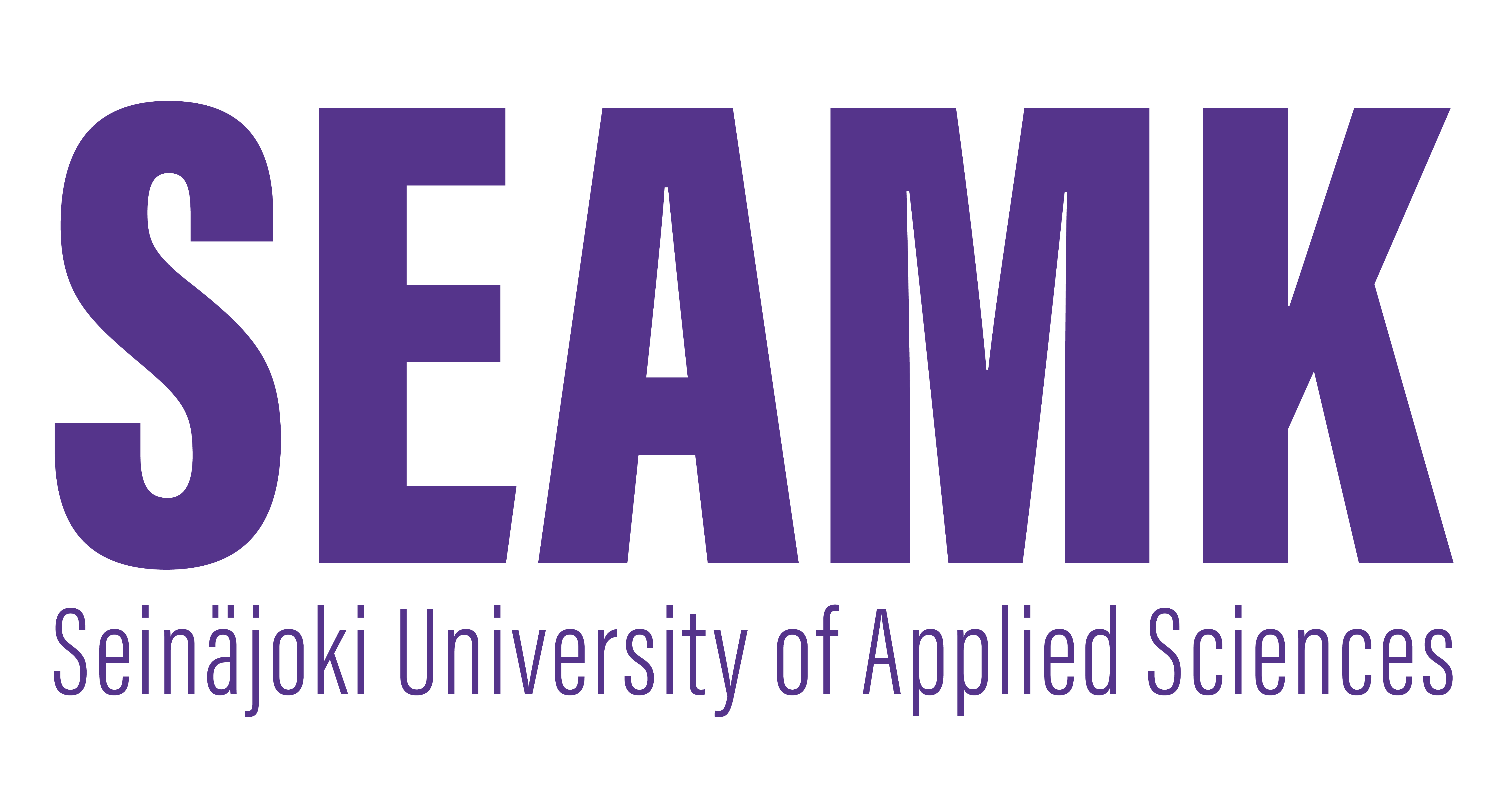User centered space design (5cr)
Code: CA00CX23-3003
General information
- Enrollment
- 13.11.2023 - 17.01.2024
- Registration for the implementation has ended.
- Timing
- 11.03.2024 - 05.05.2024
- Implementation has ended.
- Number of ECTS credits allocated
- 5 cr
- Local portion
- 0 cr
- Virtual portion
- 5 cr
- RDI portion
- 3 cr
- Mode of delivery
- Distance learning
- Campus
- SeAMK Seinäjoki, Frami
- Teaching languages
- Finnish
- Degree programmes
- Degree Programme in Food and Hospitality
- Teachers
- Ilkka Latomäki
- Kirta Nieminen
- Groups
-
MRESTO23Degree Programme in Food and Hospitality, Part-time studies
- Course
- CA00CX23
Evaluation scale
1-5
Objective
Student is able to define and interpret principles of restaurant construction, function and interior design. Student is to able separate different phases of functional design in a project and can distinguish the differences and similarities in design between restaurant’s dining area and kitchen. Student can explain the meaning of interior design as an integral part of creating company’s image and marketing communication. Student can design user centered restaurant with suitable spaces, workstations, appliances based on offered products and services. Student gets acquainted with visual expression and esthetics through practical assignment and learns to solve problems with materials, colors and lightning in order to create a harmonious setting for the restaurant
Content
Design and construction process of professional kitchen
Functional design of professional kitchen
Rules and regulations affecting restaurant construction process
Representing concept in restaurant dining area
Esthetics and functionality of restaurant dining area
HVAC design, equipment and furniture procurement, IT systems
Layout planning of professional kitchen and dining area
Materials
To be announced at the beginning of the course
Teaching methods
Lectures and working life-oriented development project 5 ects
Employer connections
Working life-oriented development project
Completion alternatives
Identification of prior learning and studification
Student workload
The student's total work volume is 135 hours, of which 102 hours of independent studies, 33 hours of hybrid education
Assessment criteria, satisfactory (1)
Student is able to define principles of restaurant construction, function and interior design. Student is to able separate different phases of functional design in a project and can distinguish the differences and similarities in design between restaurant’s dining area and kitchen. Student can explain the meaning of interior design as an integral part of creating company’s image and marketing communication. Student can design user centered restaurant with suitable spaces, workstations, appliances based on offered products and services. Student recognizes the importance of visual expression and esthetics through practical assignment.
Assessment criteria, good (3)
Student is able to define and interpret principles of restaurant construction, function and interior design. Student is to able separate different phases of functional design in a project and can distinguish the differences and similarities in design between restaurant’s dining area and kitchen. Student can explain the meaning of interior design as an integral part of creating company’s image and marketing communication. Student can design user centered restaurant with suitable spaces, workstations, appliances based on offered products and services. Student recognizes the importance of visual expression and esthetics through practical assignment.
Assessment criteria, excellent (5)
Student is able to define and interpret principles of restaurant construction, function and interior design. Student is to able separate different phases of functional design in a project and can distinguish the differences and similarities in design between restaurant’s dining area and kitchen. Student can explain the meaning of interior design as an integral part of creating company’s image and marketing communication. Student can design user centered restaurant with suitable spaces, workstations, appliances based on offered products and services. Student gets acquainted with visual expression and esthetics through practical assignment and learns to solve problems with materials, colors and lightning in order to create a harmonious setting for the restaurant.
